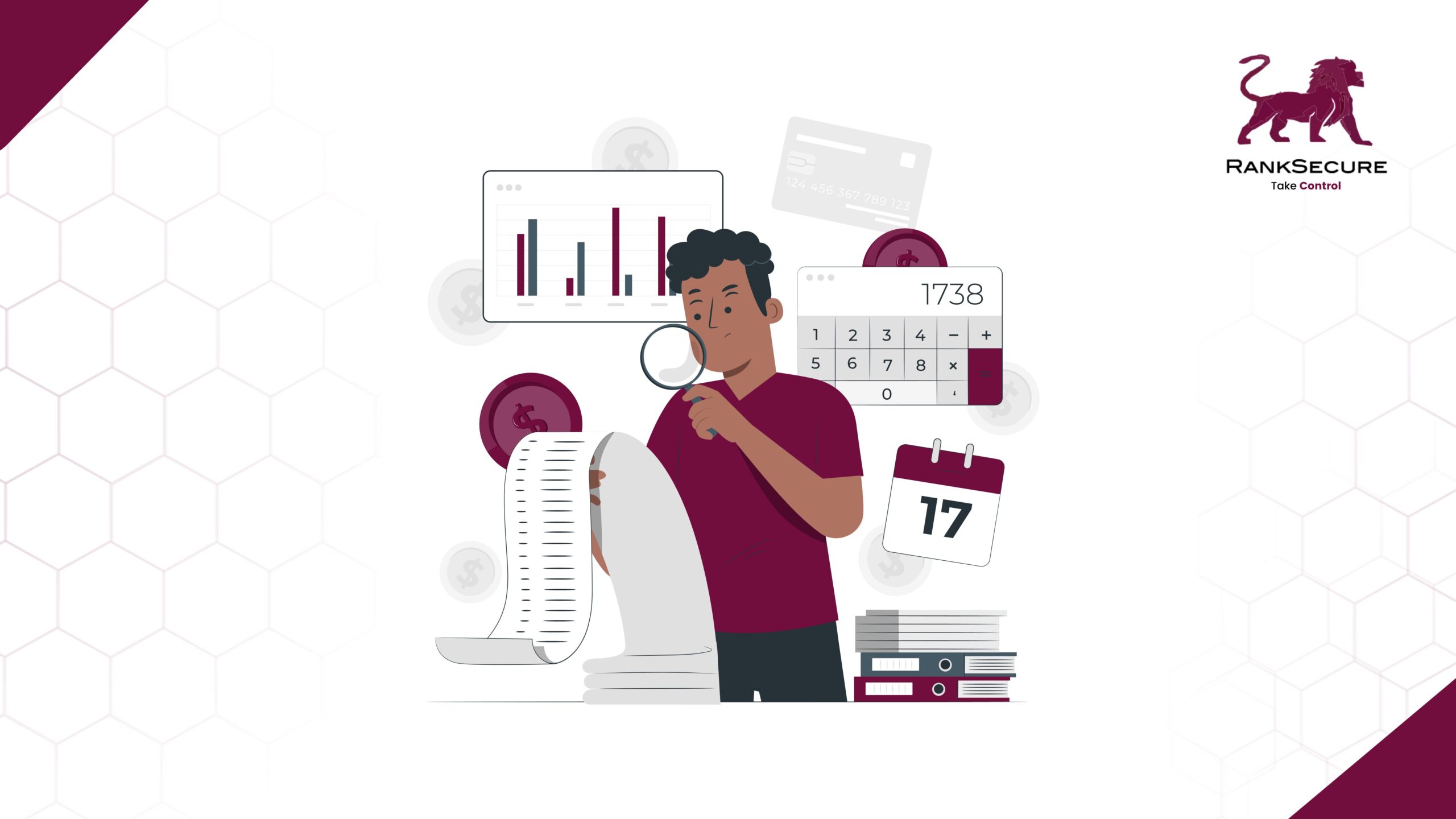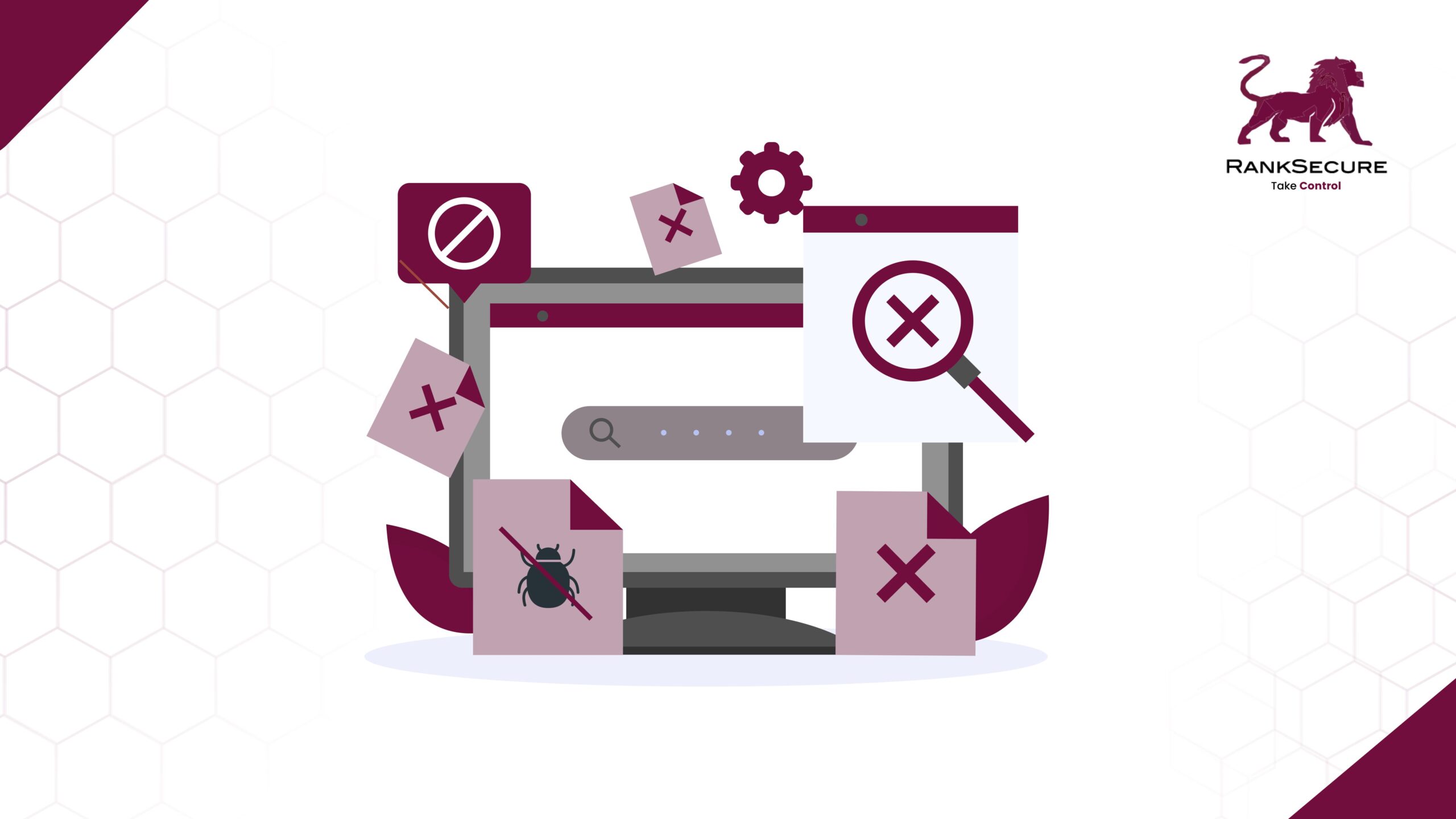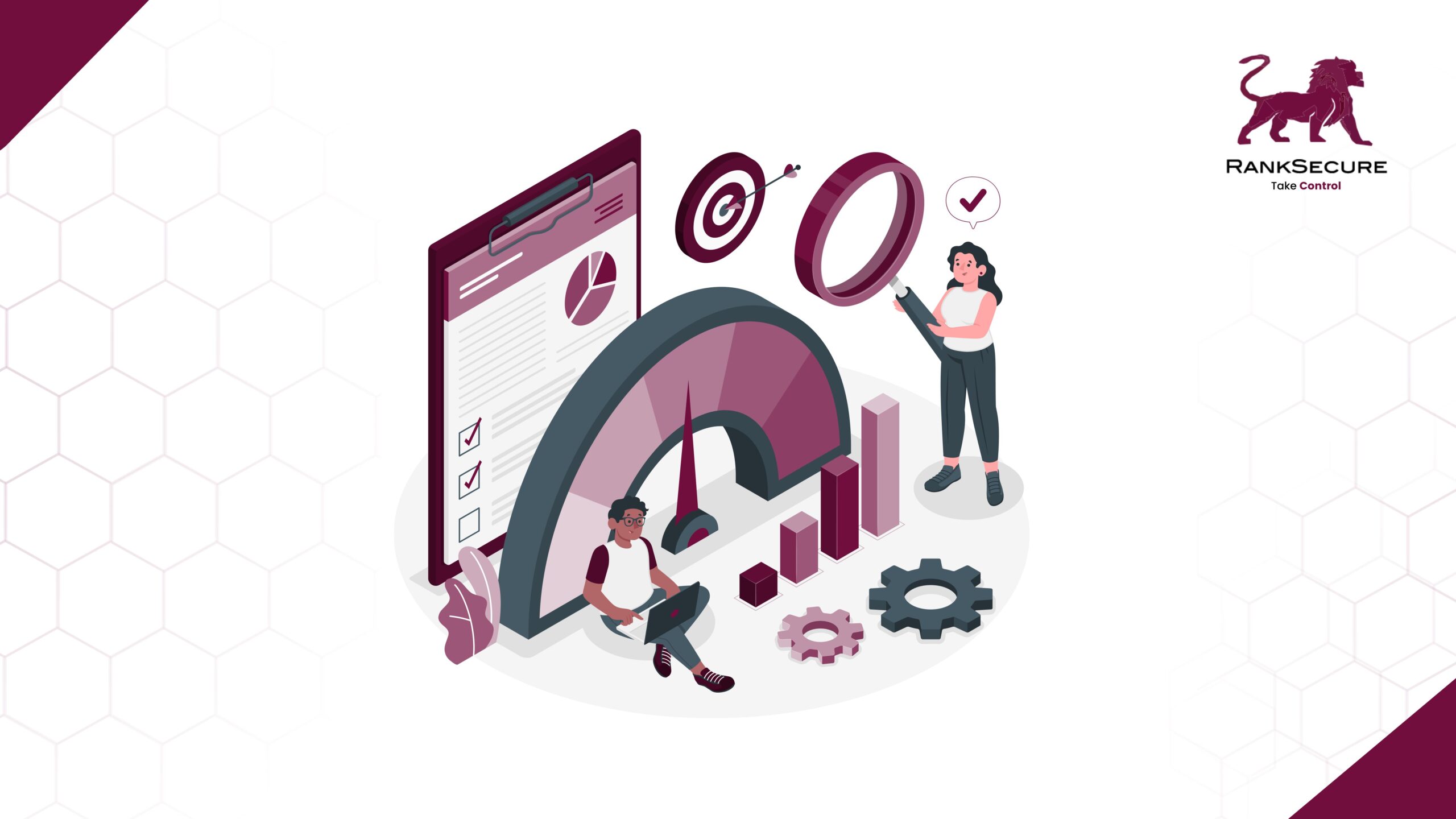As we approach 2030, cybersecurity is set to face a transformative decade. The rapid integration of technologies like artificial intelligence, quantum computing, and edge devices has brought unprecedented opportunities, but it has also expanded the attack surface in ways we are just beginning to understand. For professionals navigating the complexities of this domain, anticipating the trends that will define cybersecurity in the future is critical for staying prepared.
Here are the key developments shaping the future of cybersecurity and what they mean for the industry.
1. Quantum Computing: The Redefinition of Cryptography
Imagine a world where the encryption methods we rely on today—like RSA and ECC—can be broken in minutes. That’s the reality quantum computing will bring. It’s not a distant problem either. Governments and corporations are investing billions to develop quantum systems capable of cracking traditional cryptographic protocols.
Transitioning to post-quantum cryptography is no longer optional. Algorithms like lattice-based encryption are already being standardised by organisations like NIST. Simply updating protocols isn’t just about software patches; hardware replacements will also be necessary. For industries like banking and healthcare, where sensitive data is at stake, the cost of inaction is immense.
- Integration with Legacy Systems: Many existing systems cannot handle the computational demands of quantum-safe algorithms.
- Global Adoption Timelines: While some organisations are early adopters, a large portion will lag, creating vulnerabilities in interconnected ecosystems.
- Resource Allocation: Cryptographic agility—systems capable of transitioning easily to new algorithms—will become a priority for industries dealing with sensitive data.
2. AI-Driven Threats and Defenses
Artificial intelligence is at the heart of many cybersecurity future trends. By 2030, AI will play a critical role in detecting, mitigating, and even predicting cyber threats.
Offensively, adversaries are increasingly using AI to identify vulnerabilities faster than manual testing ever could. Tools capable of mimicking user behavior to bypass authentication systems are already in development. For example, generative AI models trained on public data can automate phishing emails with language indistinguishable from human-written communication.
On the defensive side, AI models require continuous retraining to remain effective. A key challenge here is adversarial ML, where attackers manipulate input data to deceive models. An AI-powered intrusion detection system, for instance, could be rendered ineffective if adversaries poison its training data.
Industries must adopt rigorous validation techniques like:
- Model Interpretability: Ensure AI systems can explain their decisions to comply with regulatory frameworks and avoid false positives.
- Dynamic Learning Systems: Deploy AI models that continuously adapt to changing attack patterns without human intervention.
By 2030, AI-driven cybersecurity will no longer be a competitive advantage but a baseline expectation.
3. The Rise of Decentralised Security Architectures
With IoT devices set to reach 40 billion by 2030, traditional perimeter-based security models are becoming obsolete. These devices are often deployed in environments where centralised control is either impractical or impossible.
For instance, autonomous vehicles rely on real-time data exchange with infrastructure and other vehicles, creating a highly dynamic network with no single point of control. Protecting these environments will depend on:
- Blockchain-Based Identity Management: Each device will need a unique, immutable identity stored on a distributed ledger, eliminating the risks of spoofing.
- Edge AI for Threat Detection: Security systems embedded directly into edge devices will allow for localised anomaly detection without reliance on cloud infrastructure.
- Privacy-Preserving Computation: Techniques like federated learning will enable devices to collaboratively train security models without exposing raw data.
IoT Regulations Are Coming
Governments are catching up too. Expect stricter regulations that mandate built-in security features for IoT devices, such as automatic updates and encryption. For organisations, compliance will be non-negotiable, especially in industries like healthcare and critical infrastructure.
4. Workforce Challenges in a Specialised Domain
The cybersecurity workforce gap continues to widen, with reports of a global shortfall of 3.4 million professionals in 2023. By 2030, the demand for specialised roles such as AI security analysts, quantum cryptographers, and OT security engineers will skyrocket.
To bridge this gap, organisations must:
- Upskill Internal Teams: Through certifications like CISSP, CEH, and CISM.
- Collaborate with Academia: Partnering with universities to create industry-aligned programs.
AI as a Workforce Multiplier
AI tools can also fill some gaps. For instance, automated systems can handle repetitive tasks like vulnerability scans, freeing up human analysts to focus on higher-level threats. AI won’t replace cybersecurity professionals, but it will augment their capabilities.
5. Data Privacy in an Era of Surveillance and Personalisation
The exponential growth of data collection has made privacy a core concern for both regulators and consumers. By 2030, privacy-first architectures will underpin most cybersecurity strategies.
- Homomorphic Encryption: Allowing computations on encrypted data, this technology is particularly valuable for industries handling sensitive information, such as healthcare and finance.
- Differential Privacy: Techniques that add statistical noise to datasets, ensuring that aggregate insights can be extracted without revealing individual identities.
- Secure Multi-Party Computation (SMPC): Enabling collaborative data analysis without exposing raw data to any party.
Privacy-enhancing technologies (PETs) will become a compliance mandate, particularly as global privacy laws mature. Organisations adopting these technologies early will gain a competitive edge in data-driven markets.
Preparing for 2030: A Strategic Approach
As the cybersecurity trends tend to become more complex, a futuristic strategy becomes need of the hour. Professionals in the domain must adopt a mindset of continuous adaptation, supported by a strong foundation of technical knowledge and a willingness to collaborate across disciplines.
Key focus areas should be:
- Adopting New Cryptographic Standards: Transitioning to quantum-resistant algorithms ahead of regulatory mandates.
- Building AI Accountability Frameworks: Ensuring that AI-driven tools are effective, ethical, and transparent.
- Redesigning Architectures for Decentralisation: Prioritising security for edge and IoT environments.
- Investing in Talent Development: Cultivating a pipeline of skilled professionals equipped to handle the challenges of 2030.
By aligning today’s efforts with tomorrow’s demands, cybersecurity professionals can lead the charge in protecting digital ecosystems in a rapidly changing world.
Key focus areas should be:







